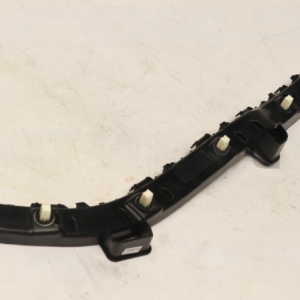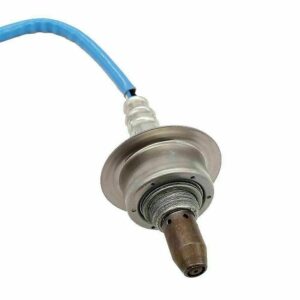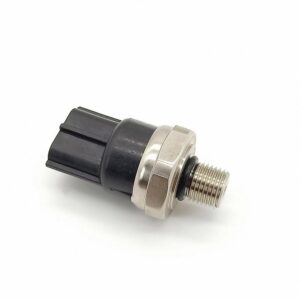When figuring out whether a faulty oil pressure sensor is the root cause, there are a few steps to follow.
Before beginning, your car should be parked on a flat surface, and that the engine is cold. Doing so prevents your hands from getting burnt.
NOTE: If you’re unfamiliar with car parts, always get an auto professional to perform a diagnosis.
First, verify the oil level in your engine by pulling out the dipstick from the tube. Wipe it clean and reinsert it into the tube to observe the markings on it. If the engine oil level is below the top/full marker, then low oil pressure is causing your engine trouble.
Next, observe the oil’s condition:
If you’re doing this at home, and find any of the conditions above, DO NOT drive your car! It’s best to get your car towed or contact a mobile mechanic to prevent further damage to the engine.
If the oil level and conditions are normal, the next step is to check the sensor’s wiring. Conduct a visual inspection to look for damaged or poorly connected wiring.
The last step before you can confirm a faulty oil sending unit is to inspect the actual oil pressure in the engine. You’ll need an oil pressure gauge for this.
Remove the oil pressure switch and install the oil pressure gauge with the adaptor to the engine. Turn on the engine, let it warm up to a specific temperature, and maintain a steady RPM before taking a reading on the pressure gauge.
Note: Different engine models and make have different manufacturing settings to check their oil pressure.
If the gauge gives a low oil pressure reading when the engine is running, it could be an internal issue with the engine’s lubrication system or the oil is too thin for your engine. It can also indicate a blocked oil filter, as it causes slow oil flow into the engine, thus creating low pressure.
If the oil pressure is within the expected values on the oil gauge and there are no issues with the wiring, there’s a high chance you have a bad oil pressure sensor or switch.
Only 5 left in stock (can be backordered)
$18,425.11
When figuring out whether a faulty oil pressure sensor is the root cause, there are a few steps to follow.
Before beginning, your car should be parked on a flat surface, and that the engine is cold. Doing so prevents your hands from getting burnt.
NOTE: If you’re unfamiliar with car parts, always get an auto professional to perform a diagnosis.
First, verify the oil level in your engine by pulling out the dipstick from the tube. Wipe it clean and reinsert it into the tube to observe the markings on it. If the engine oil level is below the top/full marker, then low oil pressure is causing your engine trouble.
Next, observe the oil’s condition:
If you’re doing this at home, and find any of the conditions above, DO NOT drive your car! It’s best to get your car towed or contact a mobile mechanic to prevent further damage to the engine.
If the oil level and conditions are normal, the next step is to check the sensor’s wiring. Conduct a visual inspection to look for damaged or poorly connected wiring.
The last step before you can confirm a faulty oil sending unit is to inspect the actual oil pressure in the engine. You’ll need an oil pressure gauge for this.
Remove the oil pressure switch and install the oil pressure gauge with the adaptor to the engine. Turn on the engine, let it warm up to a specific temperature, and maintain a steady RPM before taking a reading on the pressure gauge.
Note: Different engine models and make have different manufacturing settings to check their oil pressure.
If the gauge gives a low oil pressure reading when the engine is running, it could be an internal issue with the engine’s lubrication system or the oil is too thin for your engine. It can also indicate a blocked oil filter, as it causes slow oil flow into the engine, thus creating low pressure.
If the oil pressure is within the expected values on the oil gauge and there are no issues with the wiring, there’s a high chance you have a bad oil pressure sensor or switch.
| Warehouse | Inventory at warehouse 2 |
|---|




Get E-mail updates about our latest products and special offers.
Sensors and More is Jamaica’s ultimate online auto parts store. Established in 2020, we specialize in genuine electrical parts for Japanese, Read more…
Reviews
There are no reviews yet.